The Library of Consciousness
of Consciousness
The Luminous Ground (2004)

Christopher Wolfgang John Alexander was an Austrian-born British-American architect and design theorist. He was an emeritus professor at the University of California, Berkeley. His theories about the nature of human-centered design have affected fields beyond architecture, including urban design, software, and sociology. Alexander designed and personally built over 100 buildings, both as an architect and a general contractor.
In software, Alexander is regarded as the father of the pattern language movement. The first wiki—the technology behind Wikipedia—led directly from Alexander's work, according to its creator, Ward Cunningham. Alexander's work has also influenced the development of agile software development.
In architecture, Alexander's work is used by a number of different contemporary architectural communities of practice, including the New Urbanist movement, to help people to reclaim control over their own built environment. However, Alexander was controversial among some mainstream architects and critics, in part because his work was often harshly critical of much of contemporary architectural theory and practice.
Alphabetic
Date
Duration
Word Count
Popularity
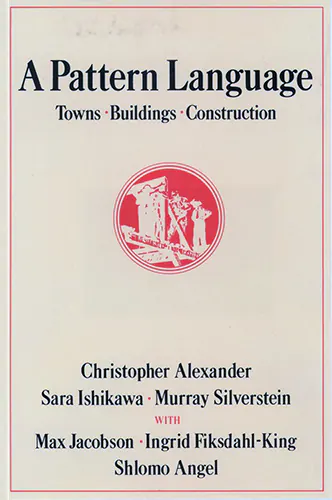
Date
1977
Format
Book
Views
293
A Pattern Language is a guide to designing spaces that feel alive and human. It presents 253 “patterns” (practical, timeless design solutions) to help create homes, buildings, and cities that truly support the way people live, connect, and thrive.
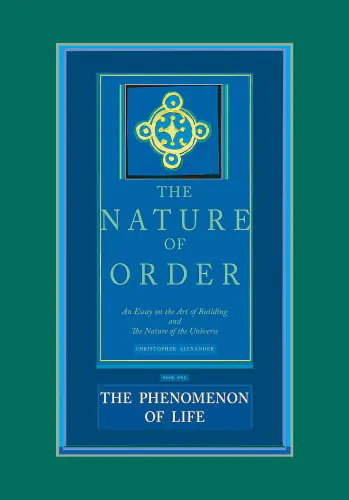
Date
2002
Format
Book
Quotes
6
Views
99
Christopher Alexander examines why certain built environments possess more “life” than others. Central to his theory is the concept of “centers”—distinct, coherent parts within a larger whole that influence each other’s intensity. He argues that life can be objectively sensed and measured, supported by 15 fundamental geometric properties found in nature and traditional architecture. Alexander contends that these properties, which foster human well-being, have largely vanished in modern design, impacting our connection to built spaces.
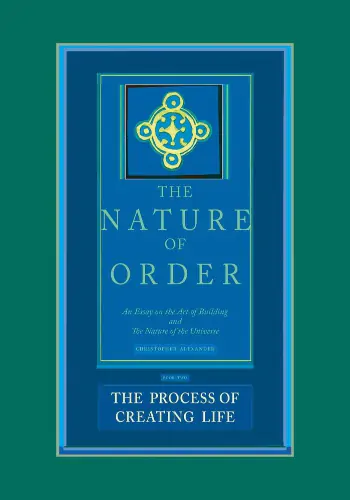
Date
2002
Format
Book
Views
33
In Volume 2, Christopher Alexander explores the evolutionary process of creating “life” in design through incremental, “structure-preserving transformations”—small changes that maintain the coherence of prior steps. He contrasts these with "structure-destroying transformations" common in modern architecture. Alexander argues that a skilled designer uses transformations to introduce depth, guided by 15 geometric properties, and sympathizes with architects limited by industrialized processes that prevent creating structures with life, reflecting deeper systemic issues in modern building practices.
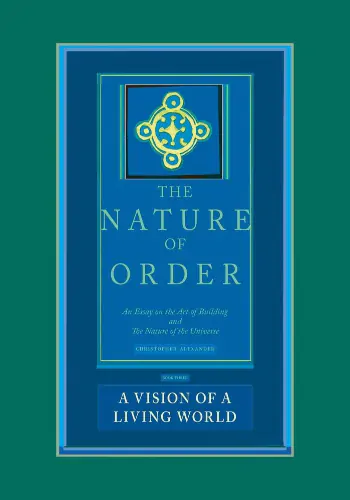
Date
2005
Format
Book
Views
15
Volume 3, titled A Vision of a Living World, showcases hundreds of projects by Alexander and his contemporaries that embody his theory of living process. Featuring neighborhoods, public spaces, and construction details, the book illustrates how life-creating principles can shape spaces that resonate archetypically with human experience. Through hundreds of photos and project discussions, Alexander offers an accessible, intuitive guide for architects, builders, and laypeople alike to envision a harmonious world where beauty, ecology, and culture intersect.
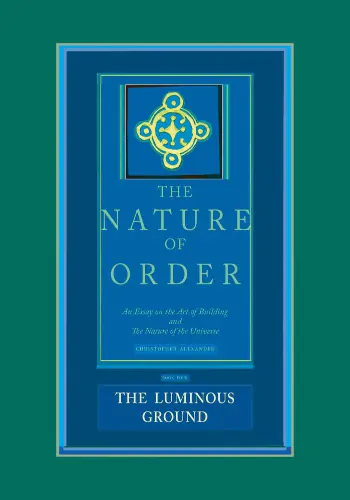
Date
2004
Format
Book
Quotes
15
Views
66
The fourth book in The Nature of Order series challenges mechanistic views of the universe, arguing that modern architecture’s dehumanized, investment-driven designs disconnect us from spirit, emotion, and feeling. Alexander proposes a new cosmology where matter is imbued with consciousness, making space and matter deeply personal and spiritual. A 100-page chapter on color illustrates how spirit manifests in the world. This vision, blending science and emotion, calls for buildings rooted in personal experience, reshaping our concept of place and design.